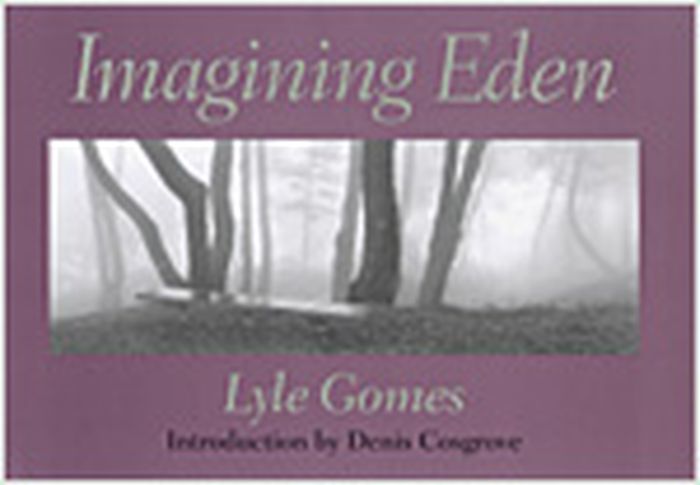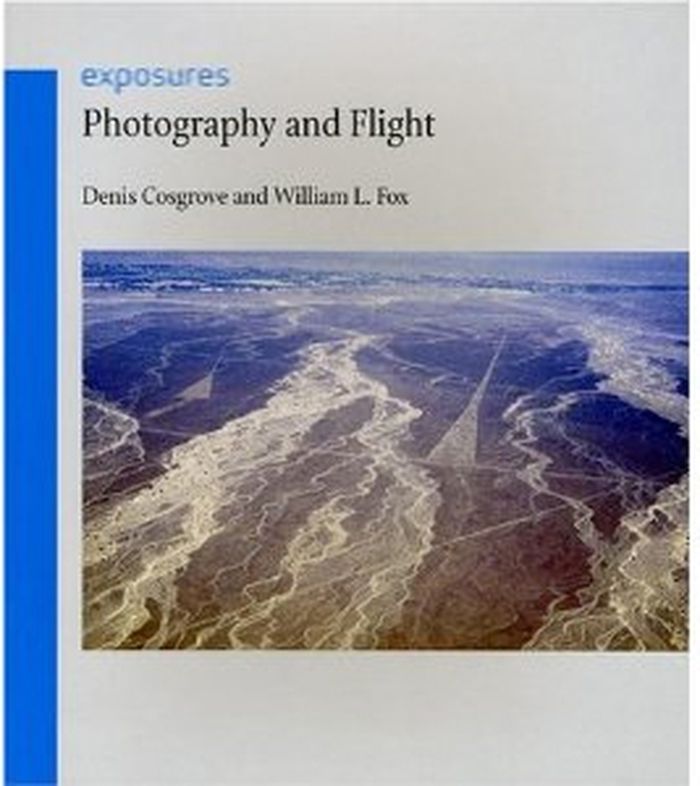$34.95
(available to order)
Summary:
In "Apollo's Eye", geographer Denis Cosgrove examines the historical implications for the West of conceiving and representing the earth as a globe: a unified, spherical body. Cosgrove traces how ideas of globalism and globalization have shifted historically in relation to changing images of the earth, from antiquity to the Space Age. He connects the evolving image(...)
Apollo's eye : a cartographic genealogy of the earth in the Western imagination
Actions:
Price:
$34.95
(available to order)
Summary:
In "Apollo's Eye", geographer Denis Cosgrove examines the historical implications for the West of conceiving and representing the earth as a globe: a unified, spherical body. Cosgrove traces how ideas of globalism and globalization have shifted historically in relation to changing images of the earth, from antiquity to the Space Age. He connects the evolving image of a unified globe to politically powerful conceptions of human unity. Cosgrove constructs a genealogy of global images from classical Greece and Rome to the present, giving special attention to the early sixteenth century, when Europeans circumnavigated the earth, relocated it within their understanding of the cosmos, and revolutionized its representation in models and maps. Each chapter focuses on specific images of the globe or whole earth, reproduced in a wealth of illustrations. Cosgrove's analysis traces a pattern of associations between global images and the formation of Western identities, paying tribute to the complex cosmographic tradition out of which today's geographical imagination has emerged.
Architectural Drawing
Lyle Gomes : imagining Eden
$10.00
(available to order)
Summary:
What did Eden look like? In "Imagining Eden", the photographer Lyle Gomes observes landscapes that represent the idea of locus amoenus—the pleasant place. The tradition of locus amoenus goes back to the idyllic descriptions of fictional locations, often called Arcadia, in the writings of Sappho, Apollonius, and Virgil, in the imagined period of the Golden Age. We also(...)
sale books
November 2005, Charlottesville, London
Lyle Gomes : imagining Eden
Actions:
Price:
$10.00
(available to order)
Summary:
What did Eden look like? In "Imagining Eden", the photographer Lyle Gomes observes landscapes that represent the idea of locus amoenus—the pleasant place. The tradition of locus amoenus goes back to the idyllic descriptions of fictional locations, often called Arcadia, in the writings of Sappho, Apollonius, and Virgil, in the imagined period of the Golden Age. We also recognize this concept in Eden, of course, where it suggests a loss that still haunts our imaginations. It is an idea distinctly different from that of wilderness, for we feel protected in these places—even provided for, though there is no sign of toil. The chance that this Eden might somehow be regained gives the concept its consolatory power. For fifteen years, Gomes has traveled across America and Europe to find examples of this enduring ideal of place in parks, English gardens, even golf courses. Gomes’s search took him to Mount Auburn cemetery, Central Park, Monticello, the San Francisco Presidio, villa gardens near Italy’s Lake Como, Melbourne Hall in Derbyshire, and private gardens such as Biltmore and Dumbarton Oaks. "Imagining Eden" includes an introductory essay in which the landscape historian Denis Cosgrove explores how the concept of the locus amoenus relates to Gomes’s work, and the photographs are accompanied by an evocative selection of quotes by the various settings designers and by inspired observers. The book concludes with an extensive interview in which Gomes discusses how he balances craft and inspiration, the role of research in preparing a shoot, his preference for black-and-white over color (“I was completely, and immediately, enamored with the silver image”), and a sense of discovery as a chief motivation in all his work.
sale books
$32.50
(available to order)
Summary:
Geography and Vision is a series of personal reflections by leading cultural geographer, Denis Cosgrove, on the complex connections between seeing, imagining and representing the world geographically. Ranging historically from the sixteenth century to the present day, the essays include reflections upon discovery and the role of imagination in giving it meaning;(...)
Architecture and the imaginary
January 1900, London, New York
Geography & vision: seeing, imagining and representing the world
Actions:
Price:
$32.50
(available to order)
Summary:
Geography and Vision is a series of personal reflections by leading cultural geographer, Denis Cosgrove, on the complex connections between seeing, imagining and representing the world geographically. Ranging historically from the sixteenth century to the present day, the essays include reflections upon discovery and the role of imagination in giving it meaning; colonisation and sixteenth century gardening; the shaping of American landscapes; wilderness, imperial mappings and masculinity; urban cartography and utopian visions; conceptions of the Pacific; the cartography of John Ruskin; and the imaginative grip of the Equator. Extensively illustrated, this engaging work reveals the richness and complexity of the geographical imagination as expressed over the past five centuries.
Architecture and the imaginary
books
$69.75
(available to order)
Summary:
In "Apollo's Eye", geographer Denis Cosgrove examines the historical implications for the West of conceiving and representing the earth as a globe: a unified, spherical body. Cosgrove traces how ideas of globalism and globalization have shifted historically in relation to changing images of the earth, from antiquity to the Space Age. He connects the evolving image(...)
Apollo's eye : a cartographic genealogy of the earth in the Western imagination
Actions:
Price:
$69.75
(available to order)
Summary:
In "Apollo's Eye", geographer Denis Cosgrove examines the historical implications for the West of conceiving and representing the earth as a globe: a unified, spherical body. Cosgrove traces how ideas of globalism and globalization have shifted historically in relation to changing images of the earth, from antiquity to the Space Age. He connects the evolving image of a unified globe to politically powerful conceptions of human unity. Cosgrove constructs a genealogy of global images from classical Greece and Rome to the present, giving special attention to the early sixteenth century, when Europeans circumnavigated the earth, relocated it within their understanding of the cosmos, and revolutionized its representation in models and maps. Each chapter focuses on specific images of the globe or whole earth, reproduced in a wealth of illustrations. Cosgrove's analysis traces a pattern of associations between global images and the formation of Western identities, paying tribute to the complex cosmographic tradition out of which today's geographical imagination has emerged.
books
March 2001, Baltimore
Architectural Drawing
Photography and flight
$32.95
(available to order)
Summary:
Photography and Flight reveals how the camera lens from far away continues to unearth telling details about the land and those who live upon it. While digital technology and remote sensing have changed the landscape of photography, this book argues that they have not diminished the significance of aerial photography in providing images of the earth. Rather, new(...)
Photography and flight
Actions:
Price:
$32.95
(available to order)
Summary:
Photography and Flight reveals how the camera lens from far away continues to unearth telling details about the land and those who live upon it. While digital technology and remote sensing have changed the landscape of photography, this book argues that they have not diminished the significance of aerial photography in providing images of the earth. Rather, new technologies and resulting innovations such as Google Earth have enabled the mass democratization of access to such information.
Theory of Photography



